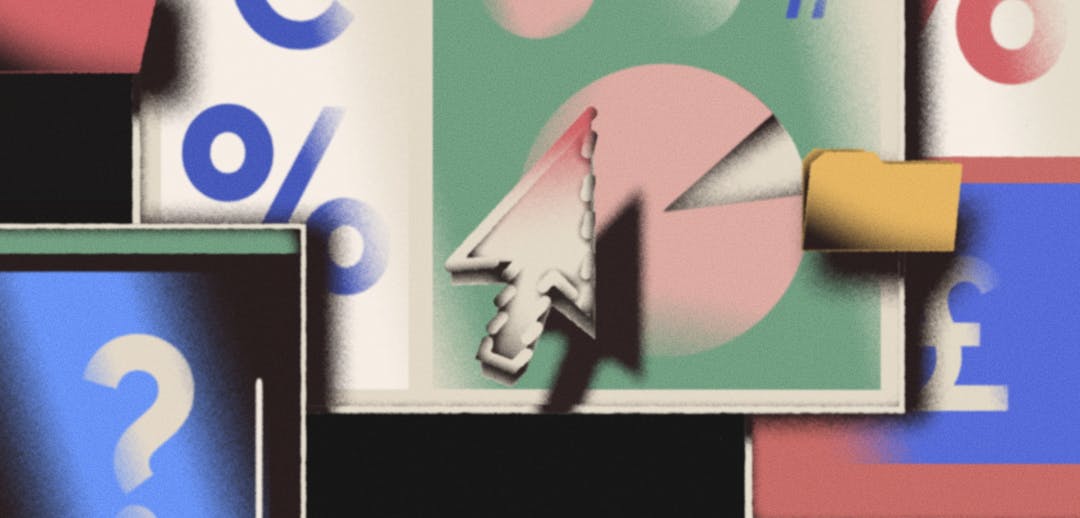Metrics & performance

SaaS market report for April 2024: B2B’s strongest month in over a year

SaaS market report for March 2024: Growth slows for B2B, while B2C hits a 2-year high

SaaS market report for February 2024: Promising momentum for B2B and B2C

SaaS market report for January 2024: Growth surges back

2023 B2B SaaS market report: Is the worst behind us?

SaaS and subscription market report for November 2023: B2C takes a hit while B2B growth remains slow

Subscription market report for October 2023: B2C growth back to 6-7%

SaaS market report for October 2023: MRR growth slows to 6.2%

SaaS market report for September 2023: MRR growth rises slightly to 8.4%

SaaS market report for August 2023: Summer closes out at 7.6% growth

5 strategies to reduce churn in SaaS: quantified in $s and %s

The state of SaaS in 2023: Data from 34k companies on ProfitWell Metrics